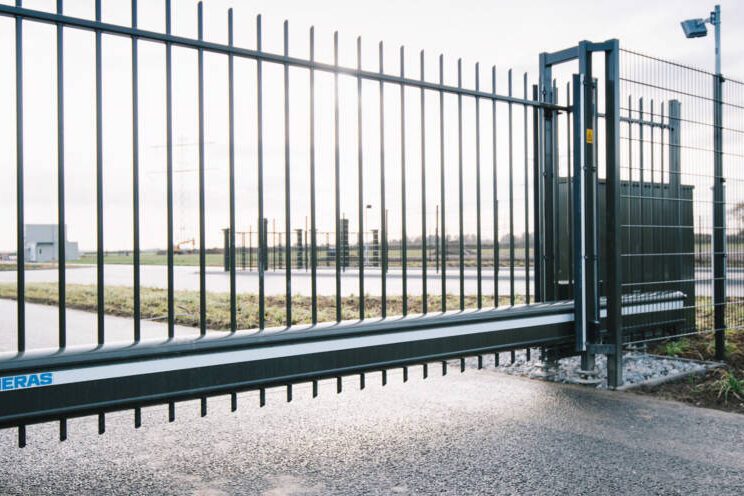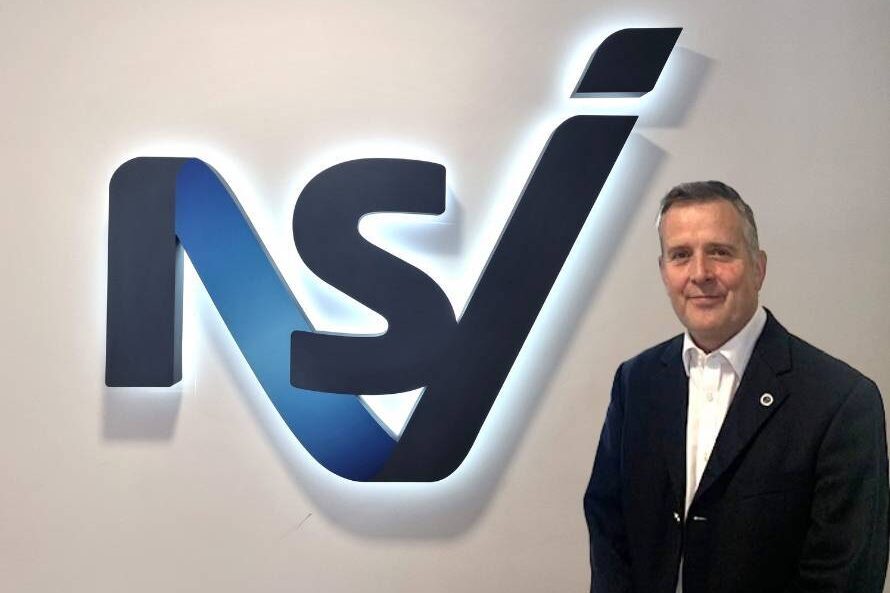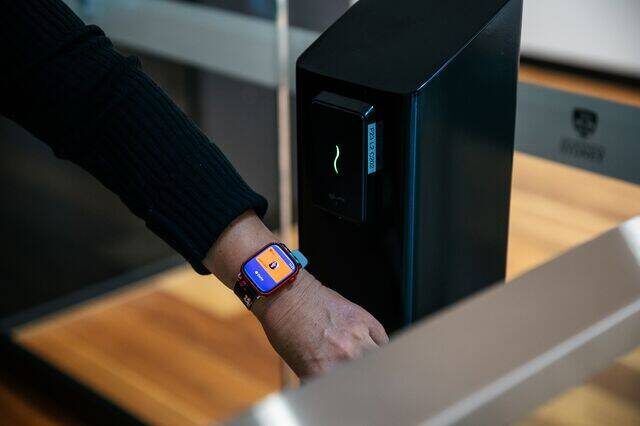
Following the riots in England, politicians are asking the public to place their faith in CCTV to identify the hundreds of rioters and looters who ran amok in London, Bristol, Liverpool, Nottingham, Gloucester, Birmingham and elsewhere.
But one has to ask, in the face of underinvestment in the forensic side of CCTV, how well equipped are police forces to make use of the CCTV evidence that is available?
A recent study by Cheshire Constabulary on behalf of the Association of Chief Police Officers (ACPO) estimated that there are 1.85 million CCTV cameras in the UK. Of these, 92 per cent are privately owned, six per cent are on buses and trains and a paltry two per cent are publicly owned in towns and city centres.
There are clearly a lot of CCTV cameras which means there is potentially a lot of evidence available to be gathered. This includes video footage of people rioting, looting, attacking people and committing arson and other crimes.
We know the footage is there – we have begun to see a small number of images emerge from those systems – and you might think that after nearly 20 years of heavy investment in CCTV, the systems would be in place to use that video to best effect.
And yet, the systems to collect the video, capture the images and identify the suspects are almost non-existent in some areas and the actual number of images coming through to the public domain has been very low.
This is because there has been very little investment by the police in systematic systems of identifying suspects from CCTV.
Picture this
To get an idea of how inadequate the situation is, you have to think how revolutionary it is that some areas have these systems in place at all.
Cheshire Constabulary is notable for having implemented a visual identification unit which, we understand, has been placed on an equal footing with its fingerprint and DNA units. The system replaced the previous method of identification which involved police officers passing the images around their colleagues in the office and asking, do you know this person – a system very much the norm elsewhere.
Despite the adoption of advanced techniques by Cheshire, other police forces have been slow to adopt similar systems and the Association of Chief Police Officers has no policies in place regarding the use of CCTV evidence, in contrast to policies covering DNA and fingerprints.
The Forensic Science Regulator – who also acts as the Interim CCTV Regulator – is currently drafting standards for CCTV but let’s remember that he has only been in post a short while and it has been four years since the publication of the National CCTV Strategy which originally called for this. Furthermore, initially the strategy will only cover publicly owned systems, leaving 98 per cent of systems unregulated.
Meanwhile in London, Operation Javelin is a Metropolitan Police unit that works with the 32 borough command units to collect images, classify them and identify suspects. Woefully under-resourced, the central unit has six staff to cover all of London and a lack of investment in technology means they use cut and paste techniques to generate reports and identification posters.
At the borough level, Javelin works with the Visual Image Identification and Detections Offices (VIIDOs) which collect video from crime scenes and surrounding areas, extract images of wanted persons and then start the identification process.
It’s a system that has been shown to work and yet, shockingly, only half of London’s 32 Borough Operational Command Units (BOCUs) have a VIIDO unit.
Given this, why should the public have faith in CCTV systems to identify the rioters and looters who pillaged the streets of England when there is a lack of joined up thinking? Where are the resources needed to ramp up the investigation on short notice?
Are we being fed a line by politicians who have under-invested in CCTV and CCTV-related systems for years?









